Heroes and villains
According to a paper published by the Australian Institute of Criminology in 2020, it would seem that shooting deaths in police custody are not common. For example, between 2006—07 and 2016—17, there were 82 deaths due to shooting, and 43 per cent of these deaths were self-inflicted. For 2019—20 there were 16 deaths in custody due to police shooting which suggests a marked increase, which perhaps prompted SBS to post an article with the headline of ‘Police shootings at record high in Australia’.
Deaths from police shootings are particularly newsworthy when the victim is Aboriginal. And that’s fine, however, there seems to be a loss of objectivity where Aboriginal people are concerned. I believe this is due to the pervasive myth, propagated mostly by left-leaning media, that Aboriginal people in custody are more likely to die than non-Aboriginal people in custody, where custody includes prison custody, police custody (including pursuit), or youth detention.
With regard to Aboriginal deaths in custody, David Biles, who was for three years the head of the criminology research group of the 1991 Royal Commission, states: ‘In the early days of the royal commission, when [we] were able to prove unequivocally that Aboriginal people were slightly less likely to die in prison or police custody than non-Aboriginal people, we were met with derision and disbelief’.
But with this misinformation and buzz phrases like ‘systemic racism’ and ‘Black Lives Matter’, many will view any shooting of an Aboriginal person by a police officer as an act of racial prejudice. Of course, those drawing this conclusion, typically don’t see their own prejudice that led them to arrive at that conclusion.
Fuelling the fire, Aboriginal rabble-rouser, Amy McQuire, wrote in the Washington Post back in 2020 in regard to the assumed brutality of the police and justice system against Aboriginal Australians: ‘the violence is evident in the wounds on black bodies and in the life stories of Aboriginal people’. Not surprisingly, Amy provides no evidence for this claim.
On YouTube, Amy has stated that non-Aboriginal people see police as protectors, but ‘for Aboriginal people we see them as the aggravators, as the unjust people, as the people that you need protection from’.
The spectre of police as murderers was further heightened when people like Aboriginal leader, Senator Pat Dodson, commented on the tragic deaths of two Aboriginal boys being pursued by police in Western Australia. He was reported to have asked provocative questions like, ‘Why is the fear of police and in particular police in pursuit of such a magnitude that young people are prepared to risk their own lives by trying to swim across the Swan River rather than give themselves up?’ My answer would be that they did not want to get caught and didn’t think about the risks associated with swimming in a river.
All of this misinformation means that any inquest into police shootings involving Aboriginal people is likely to be very biased. Australian social researcher, Hugh Mackay, has stated that the observations we make in life tend to confirm the perspective from which we made them. So, for those who have been duped into believing that police are the enemy of Aboriginal Australians, police shootings are likely to be judged as the result of systemic racism. So much for reconciliation.
In an ideal world, police would not need to use guns, but we don’t live in such a world. Police have to deal with highly ambiguous events that are potentially life-threatening, hence, are very often in a heightened state of arousal, fear for their own lives, and therefore, sometimes make mistakes—they are humans, not robocops.
If it isn’t bad enough that police need to make quick life-or-death decisions in extreme situations, where there is no luxury of hitting the pause button on a remote control, they work under the added pressure of knowing that their actions will be minutely examined by experts who have not seconds, but months, to decide their fate.
Few of us could imagine the circumstances police need to work under. Self-appointed experts and keyboard warriors will respond with: ‘Yeah but that’s what police are trained for’.
Actually, there is much police work that you can never be fully prepared for no matter how much training you’ve received. For example, find me a police officer who can say, ‘I’ve learnt how to tell parents their daughter was raped and killed, and I’ve done it many times, and I’m totally fine with it now. The parents I deliver this message to respond positively because I deliver the news so expertly’.
As someone who works with some people who are at a high risk of self-harm, I am often concerned that a client may engage in self-harm, after I have deemed him or her at low risk. There is always the possibility of a forensic expert acting on behalf of the client’s family who will say ‘Anthony, you should have seen the signs of… and you should have done…. It’s your fault they died’.
American economist, and in my opinion, legend, Thomas Sowell, stated: ‘People do not want a factual or analytical explanation that leaves them emotionally unsatisfied. They want villains to hate and heroes to cheer’. Applied here, the villains are the police, while the heroes are the deceased Black lives, their families, and protesters.
We pay a price when this happens. Frontline workers, such as police, become more concerned with self-preservation and avoiding career-ending criticism, than serving the community and saving lives. The identity politics of heroes and villains is destroying society. We can do better than that; we must do better than that.
Got something to add? Join the discussion and comment below.
Get 10 issues for just $10
Subscribe to The Spectator Australia today for the next 10 magazine issues, plus full online access, for just $10.
You might disagree with half of it, but you’ll enjoy reading all of it. Try your first month for free, then just $2 a week for the remainder of your first year.

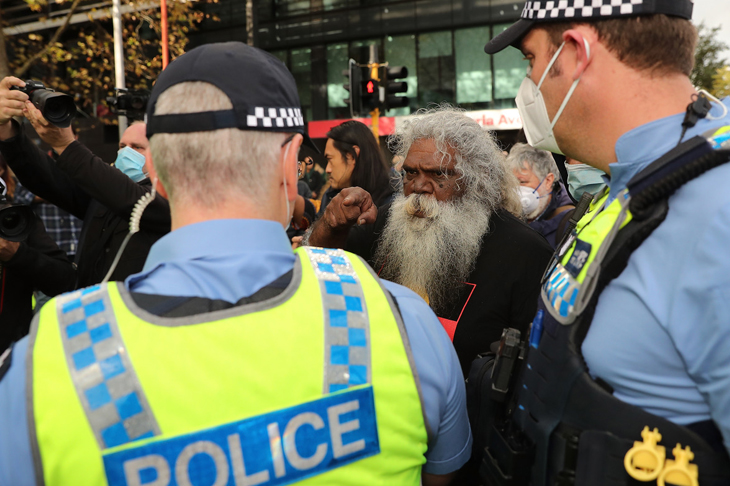
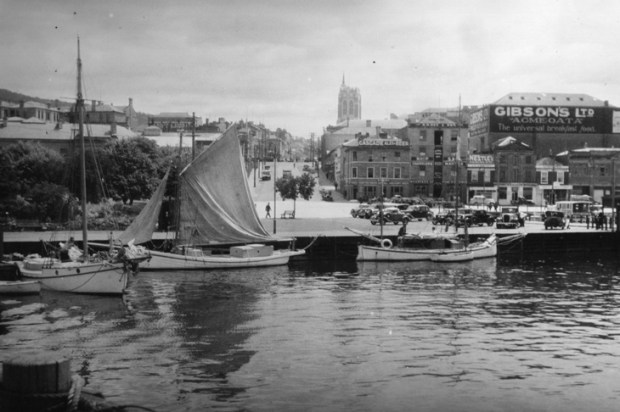
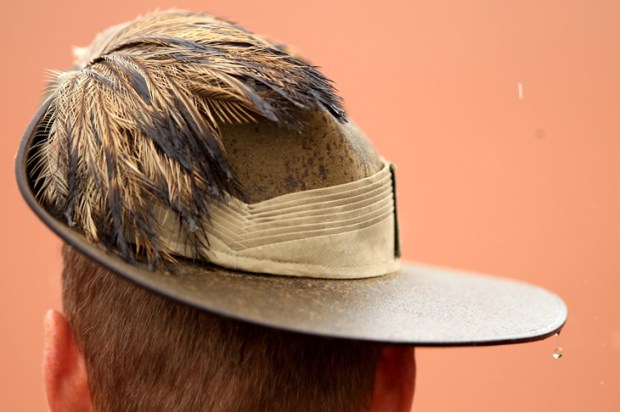
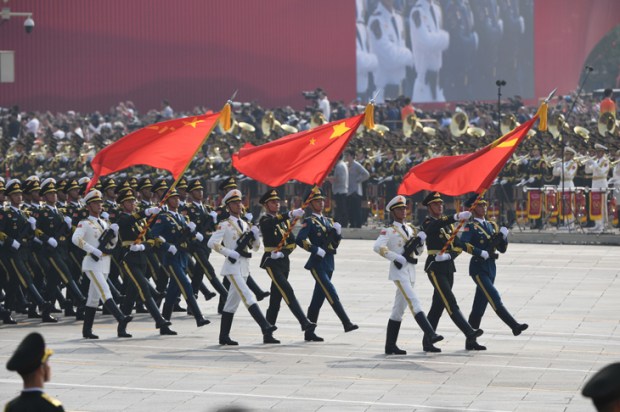
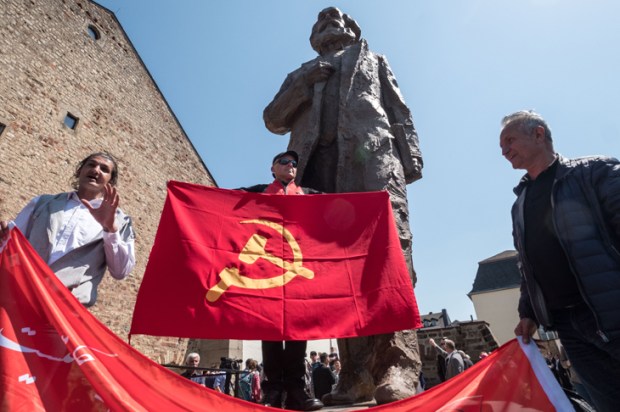
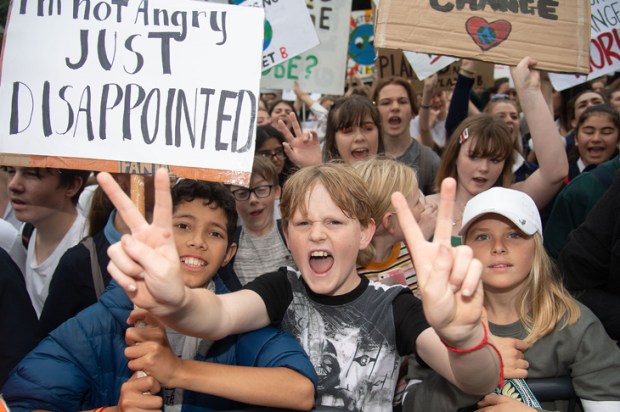
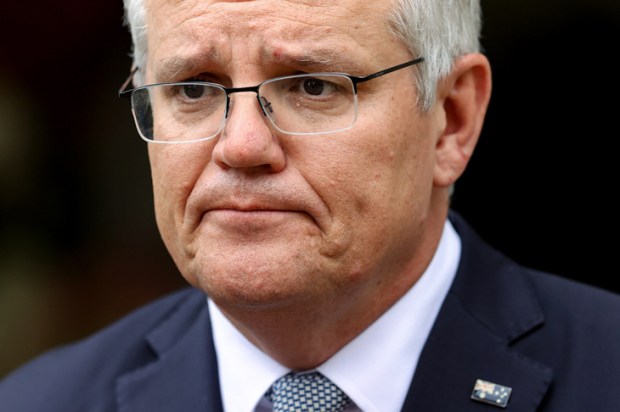






Comments
Don't miss out
Join the conversation with other Spectator Australia readers. Subscribe to leave a comment.
SUBSCRIBEAlready a subscriber? Log in